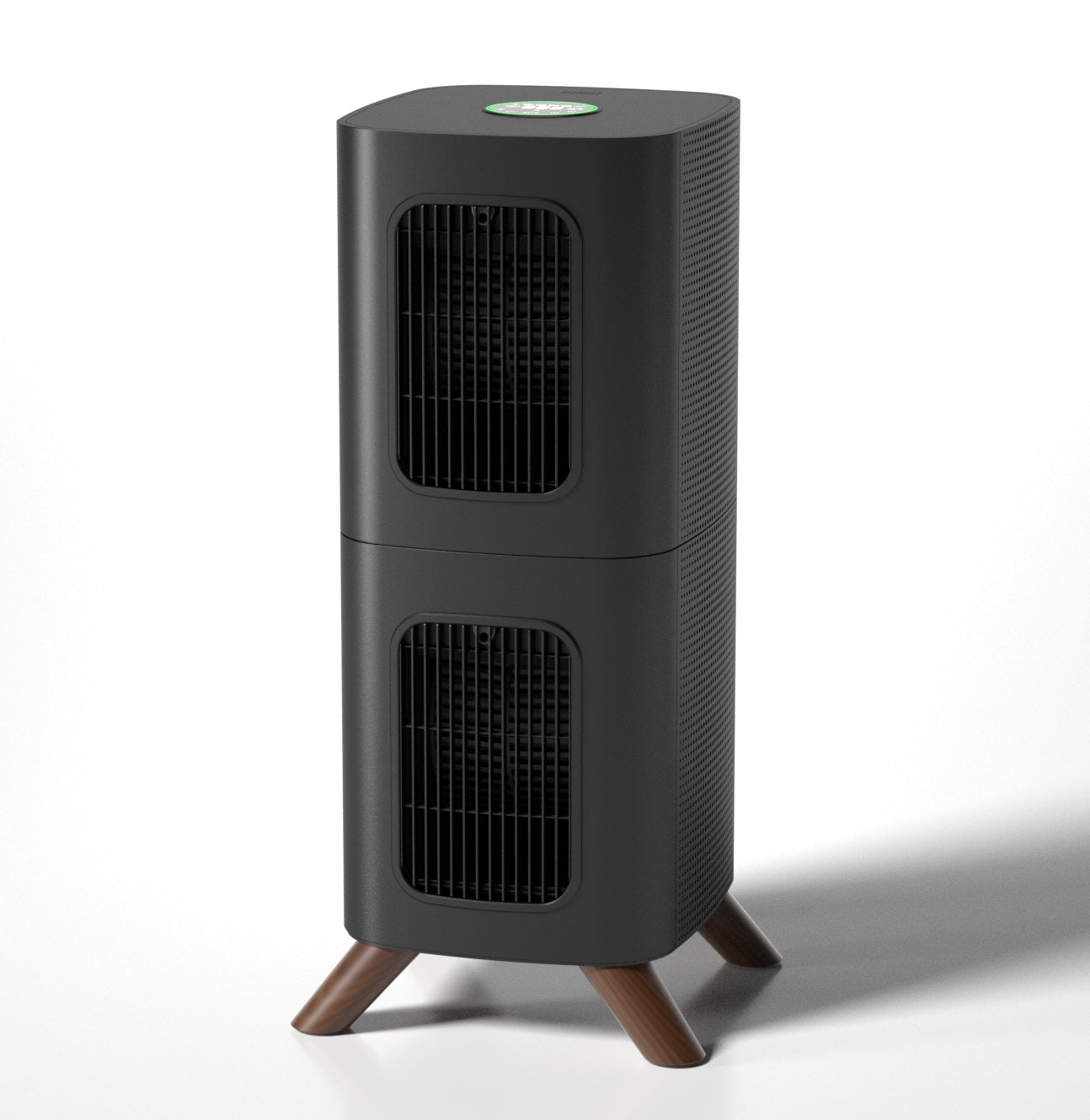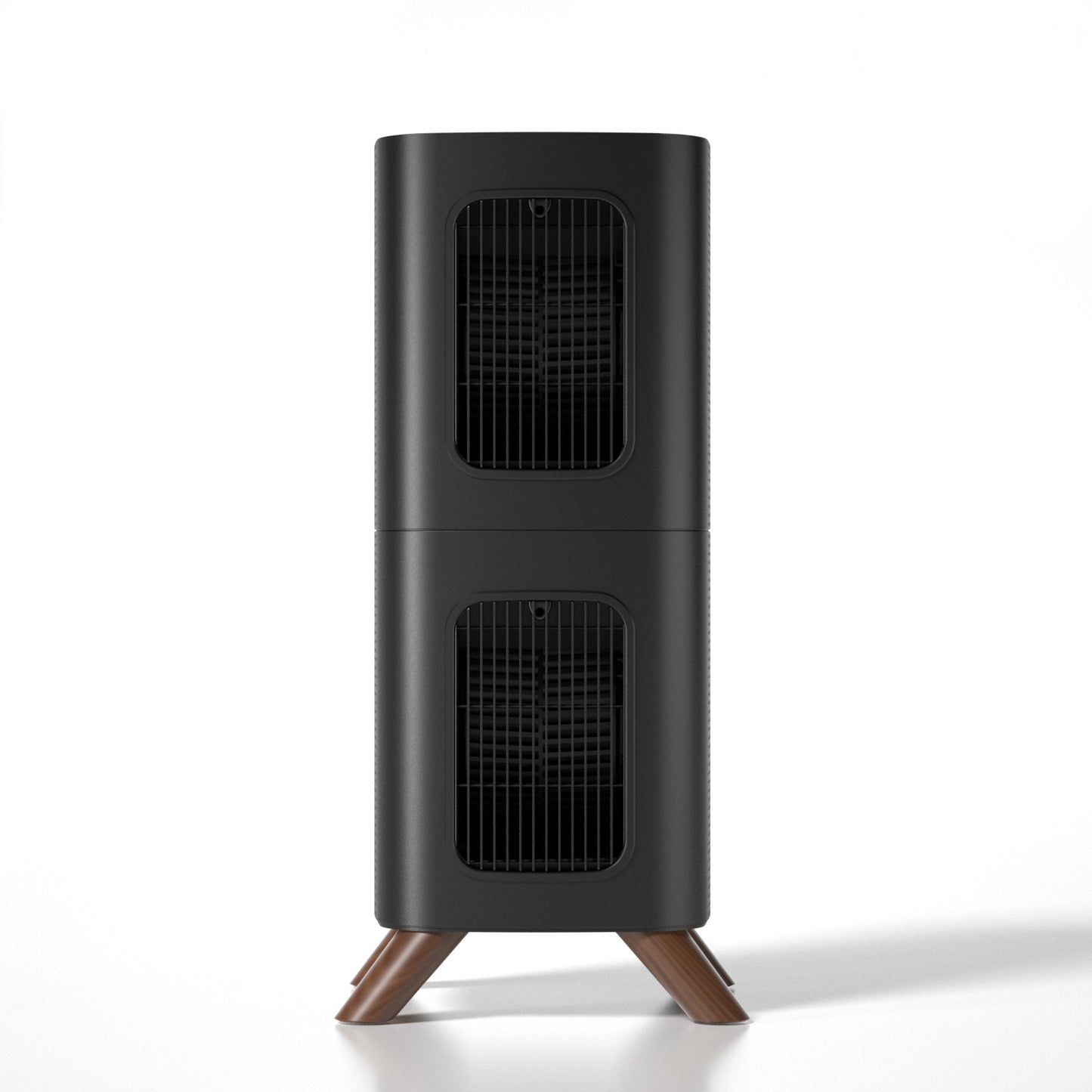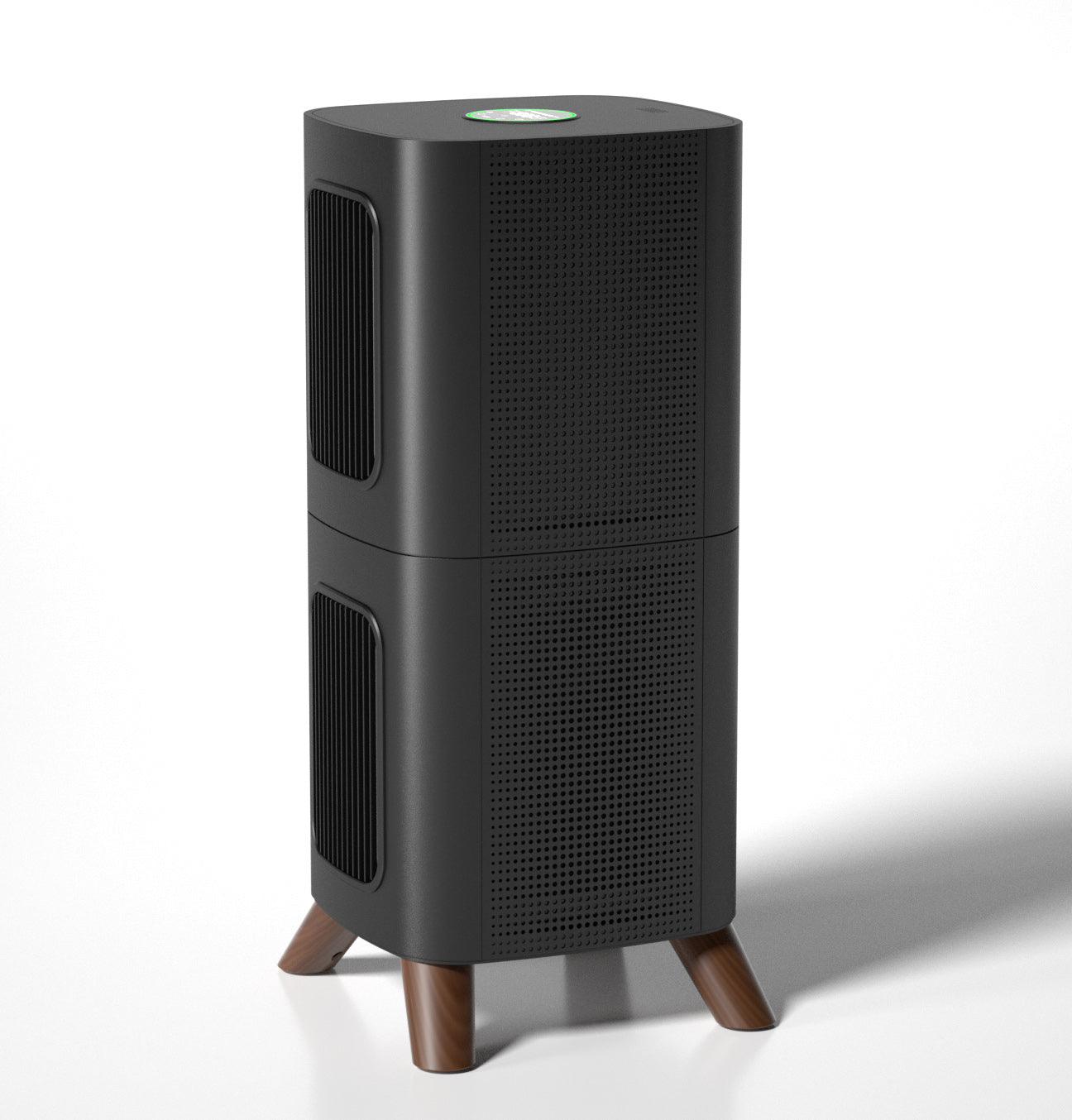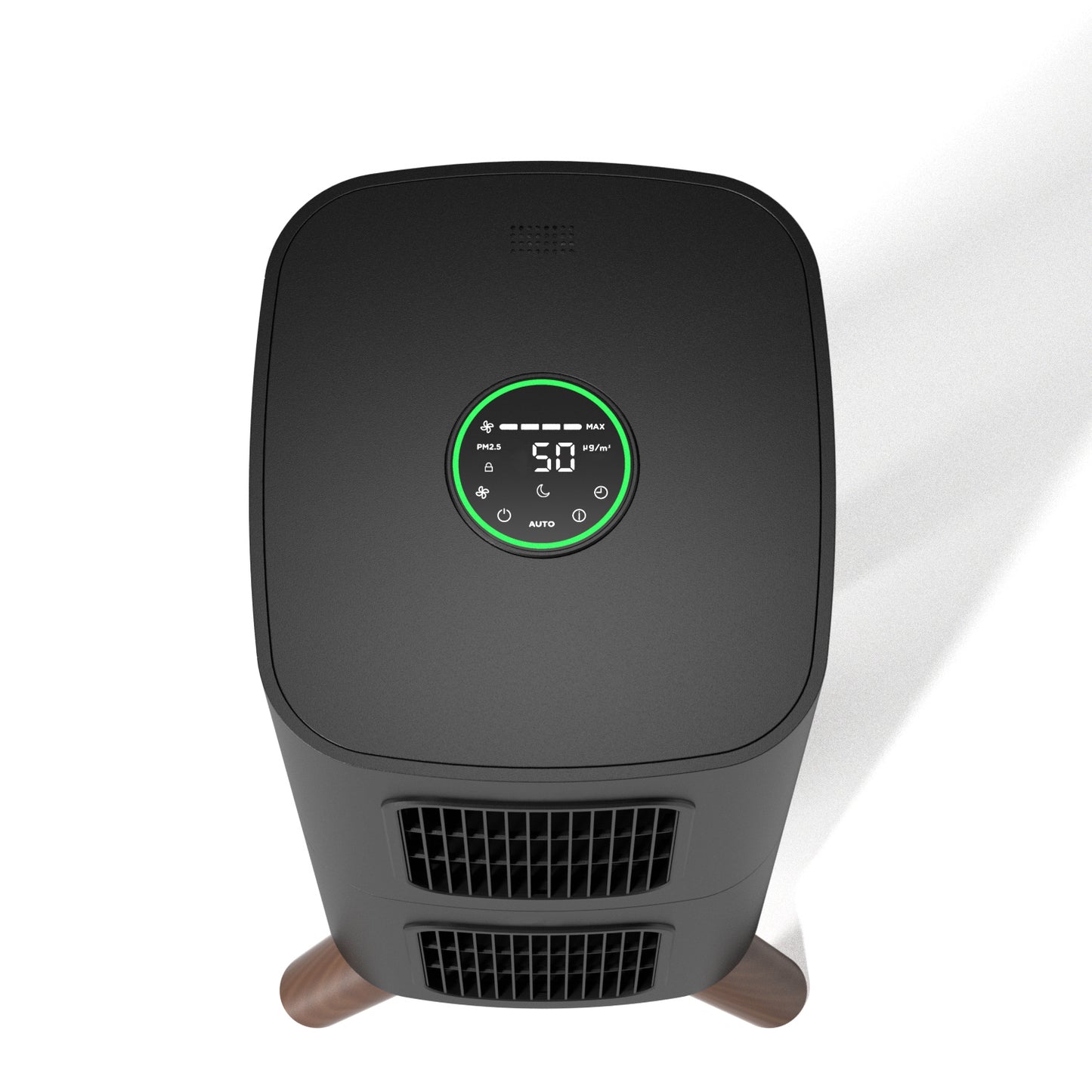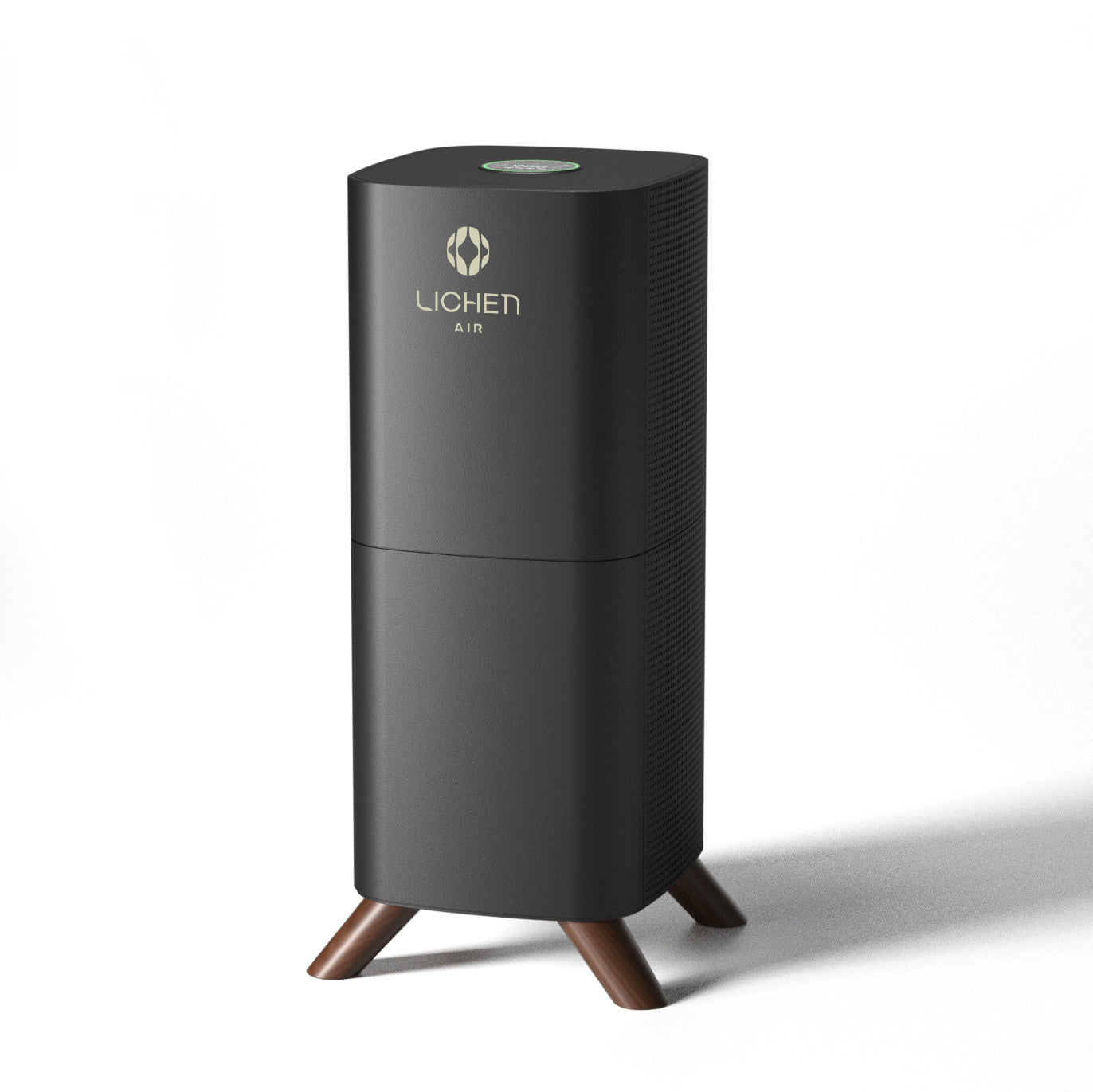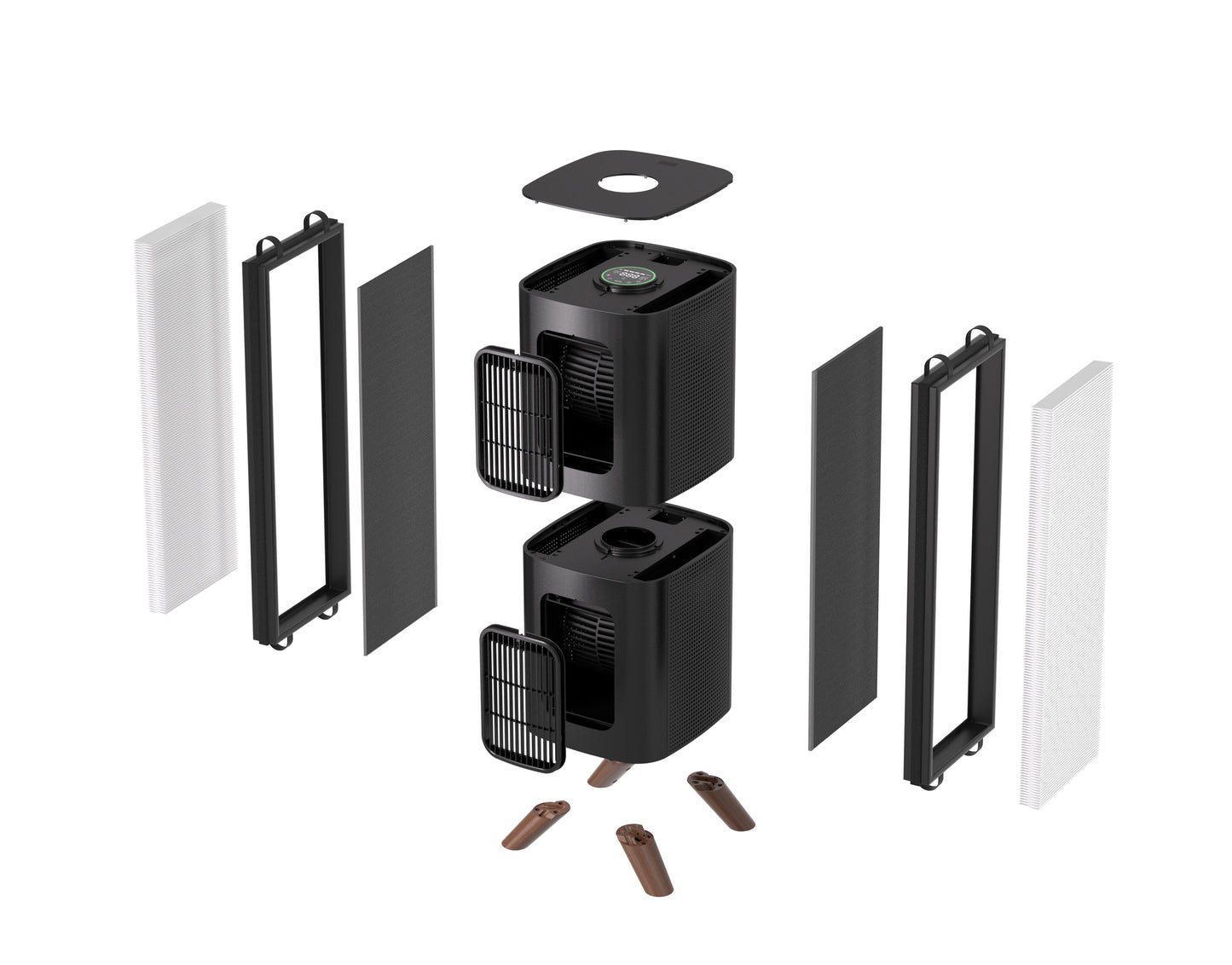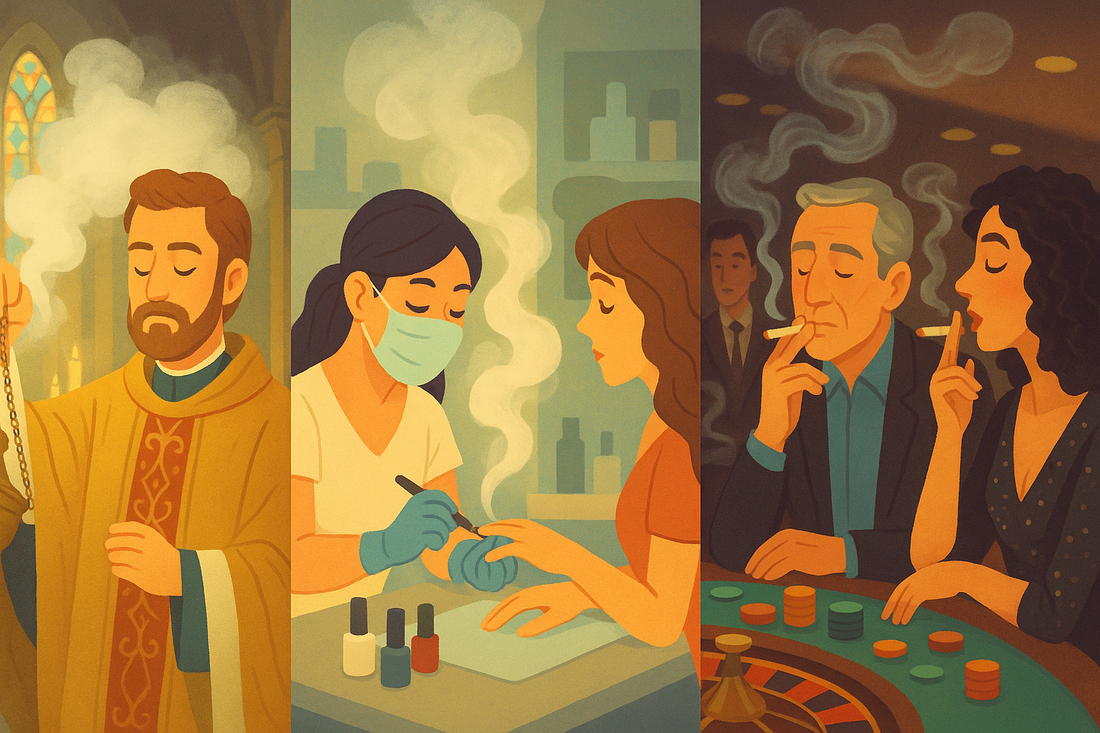
5 Hidden Hotspots for Indoor Air Pollution
Share
When we talk about “air pollution,” most people picture highway smog or wildfire smoke. But some of the highest exposures happen indoors, where we spend ~90% of our time. Below are five top indoor locations with outsized air-quality risks—anchored to fresh studies and headlines—plus pragmatic tips to reduce your exposure.
1) Religious spaces that burn incense and candles
Incense is central to worship in many traditions, but its smoke is chemically complex and can be intensely particulate-rich. A 2025 invited perspective in Environmental Health Perspectives underscored that incense smoke can produce particulate matter (PM) at levels far above safe standards, raising a host of concerns
Recent coverage has amplified these risks: one gram of incense can generate ~45 mg of particulate matter—about four times more than cigarettes—alongside formaldehyde, nitrogen oxides, and polycyclic aromatic compounds.
Why it matters: PM2.5 and volatile organics from incense and candles accumulate in enclosed sanctuaries, especially in older or newly airtight buildings, potentially irritating airways and stressing the cardiovascular system. Historic investigations have even found that the “dust” coating church interiors can be largely soot from candles and incense, underscoring how persistent these emissions can be.
Lower your dose: Encourage short burning periods, increase ventilation (open doors briefly between services, use higher MERV filters on HVAC), HEPA purifiers and position burners nearer to exhaust. Consider non-combustion alternatives for fragrance or symbolism when possible.
2) Casinos that still allow smoking
Casinos remain one of the last major U.S. indoor venues where smoking is often permitted, and the data are blunt. A 2024 analysis led by University of Nevada, Reno reported that secondhand smoke in indoor casino areas can be up to 18× higher than outdoor levels.
The policy battle is ongoing. in Atlantic City, worker demonstrations and legislative pushes to close the casino smoking loophole have dominated headlines, reflecting growing recognition of the health toll on employees.
Public-health briefings also point to a national study of 66 smoking-allowed casinos showed that levels of PM air pollution was on average 17 times higher than non-smoking casinos, and reached levels linked to cardiovascular and brain health problems for chronic exposure.
Lower your dose: Prefer smoke-free casinos. If you must enter smoking sections, keep visits brief and avoid peak hours. Note: even good ventilation won't completely remove the issue.
3) Hookah lounges (and other indoor shisha/vape spaces)
Hookah smoke is often perceived as “filtered” or milder, but indoor measurements tell a different story. Studies of hookah venues have documented extremely high PM2.5, with mean real-time levels exceeding 1,100 µg/m³ in New York City settings (an absolutely incredibly high level of PM 2.5). Even home use can spike pollutants in other rooms.
Lower your dose: If you choose to attend, opt for outdoor seating. Indoors, short stays and choosing less crowded times can help—but the most effective protection is avoidance.
4) Indoor ice rinks using fuel-powered resurfacers
Combustion engines on ice resurfacers can emit carbon monoxide (CO) and nitrogen dioxide (NO₂) that accumulate near the ice—right where athletes and kids breathe hard. Research shows CO in enclosed rinks reaching 4–117 ppm and NO₂ up to 2,729 ppb during games.
The risk is not just academic: in February 2024, 42 people were treated for CO poisoning after an incident at the Adelaide Ice Arena in Australia, linked to resurfacer fumes—prompting alarm upgrades and investigations.
U.S. reporting in 2024 noted that only a subset of states systematically test rink air, though adopting electric resurfacers and ventilation rules has improved safety where implemented.
Lower your dose: Prefer rinks with electric resurfacers and visible CO/NO₂ monitoring. Spectators and athletes can ask staff about recent readings; if headaches or nausea occur, exit and report immediately.
5) Nail salons (and other high-solvent workplaces)
Nail salons frequently register elevated VOCs (from solvents, polishes, removers) that can irritate eyes and airways and contribute to headaches. The good news: a 2025 pilot study from CUNY SPH showed that optimizing existing ventilation (general exhaust plus local capture at workstations) cut total VOCs by ~16% to 74% in NYC salons—demonstrating that practical fixes are within reach.
Lower your dose: Choose salons that run visible local exhaust at each station, keep doors/windows cracked when feasible, and store products tightly sealed. Workers benefit from training on airflow and from standardized ventilation requirements.


